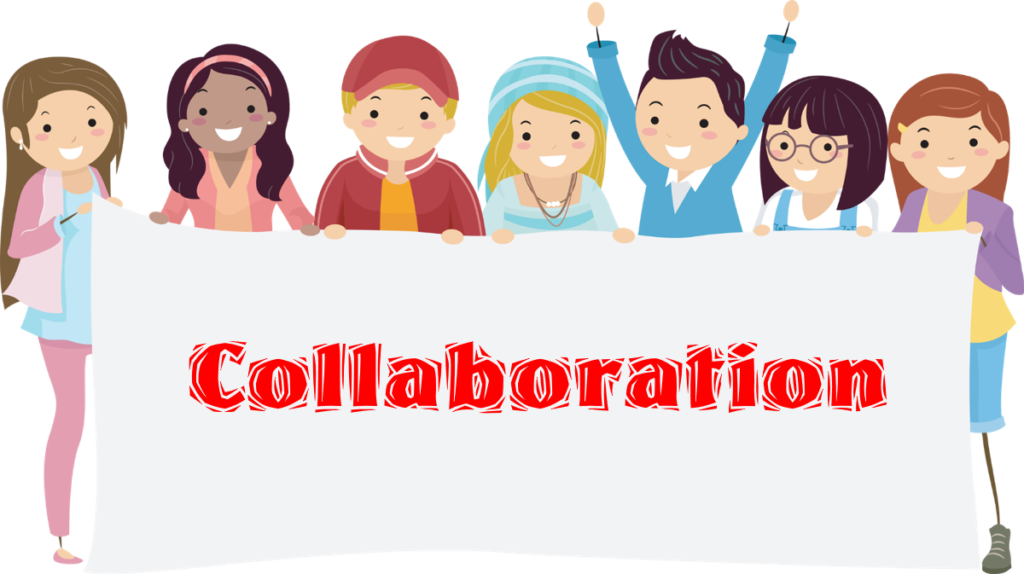It’s almost cliché to state that children are our future. That statement is both obviously true and subtly nuanced because it implies a variety of possible futures are possible. One of the primary purposes of education is to prepare students to succeed in life (i.e., to prepare them for the future). Success is partially measured by one’s ability to make a living. Here’s the rub — Ira Wolfe (@HireAuthority) reports that a study by the U.S. Department of Labor concludes, “65 percent of today’s schoolchildren will eventually be employed in jobs that have yet to be created.”[1] That places quite a burden on the shoulders of our educators. I’m a big proponent of teaching students science, technology, engineering, and math (STEM) because those subjects help children learn how to solve problems. I like the term “STEM” because it encapsulates a cross-discipline approach to education. Autumn A. Arnett (@A2Arnett) reports, “A cross-curricular approach helps promote critical-thinking, problem-solving and creativity, and it will help prepare today’s students for jobs that do not exist, according to the latest installment of an eSchool News series looking at ways to better serve Gen Z students.”[2]
Cross-curricular Learning is Collaborative
Arnett asserts, “A siloed approach to education in which students learn one subject at a time for prescribed blocks is no longer the most effective way to reach students. At both the higher ed and K-12 levels, finding ways to promote interdisciplinary study helps to prepare more well-rounded students and happier future employers.” The notion that interdisciplinary learning is valuable is not new. In his book The Medici Effect, Frans Johansson talks about the value of creating a space in which people from diverse fields of expertise can get together to exchange ideas. The Medici family’s wealth permitted it to support artists, philosophers, theologians, and scientists, whose combined intellect helped burst the historical pall known as the Dark Ages. Cross-curricular education may not be quite so dramatic, but it is still an effective way to teach children how to leverage their education to meet life’s challenges.
Anyone who has ever watched young children playing together knows that sharing and getting along does not come naturally to all children. School is an excellent setting in which to teach children how to collaborate. Sarah D. Sparks (@SarahDSparks) writes, “At its best, collaboration in the classroom can help students think more deeply and creatively about a subject and develop more empathy for others’ perspectives. At its worst, group tasks can deteriorate into awkward silences, arguments — or frustration for the one child who ends up doing everyone else’s work. … Researchers and educators are working to understand how to help students gain the skills needed to learn and work in groups. … The ability to collaborate with others has become one of the most sought-after skills in both education and the workplace.”[3]
I am proponent of project-based learning because it brings together cross-curricular subjects, addresses real-world challenges, and, properly used, helps students develop collaborative skills. That’s why I, along with a few colleagues, founded The Project for STEM Competitiveness — to help get a project-based, problem-solving approach into schools near where we live. Emily Lai, the director of formative assessment and feedback for the publishing company Pearson, told Sparks, “Learning through doing is an important component in this, … but by itself, it’s not enough. Students go into these experiences with very little understanding of what they should be working toward — and so students walk away from these experiences a little jaded. Collaboration is just like any other skill; it has to be taught.” A good project-based program lets students know exactly what they are working towards and specifically what skills they need to learn to be successful.
Robert Furman, an Elementary Principal and author of The Future Ready Challenge, told Meris Stansbury (@eSN_Meris), “We are currently preparing students for jobs that don’t yet exist … using technologies that haven’t been invented … in order to solve problems we don’t even know are problems yet.”[4] He recommends three ways to help educators prepare students for an unknown future. They are:
1. Use Technology only when Digital Skill-Appropriate. “Educators can do their best to prepare future ready students by focusing on the digital skills they will need to thrive in an increasingly digital world. It’s important to use technology in the classroom, but only when it is appropriate for the digital skill being taught.”
2. Make Lessons Practical, Like the Real World. “By working a digital skill into each lesson, teachers can ensure that students will have built up their digital skills by the time they are ready for the real world. Teachers should also strive to spend more time applying lessons to real world issues. Students are likely to find these lessons more interesting and might be able to apply them in a job one day.”
3. Don’t Make Textbooks the Focus. “Use the textbook as one of many resources as opposed to an entire curriculum. … Figure out how to teach the skill with a different resource. By working small changes into the classroom that have a future-ready mindset and incorporate digital skills, teachers can help prepare students for whatever the future may hold.”
Furman’s suggestions can all be applied in a project-based setting; but, the added value of project-based learning is the collaboration it fosters.
Knowing and Doing are Both Important
One caution raised by a recent study is that learning by example can actually hinder educational growth. The study, which focused on chemistry students, found that students did well on tests that asked about examples demonstrated in class; however, when underlying concepts were applied to a different example, they didn’t fare as well.[5] “Our results find that individual differences in how learners acquire and represent concepts is a potentially crucial factor in explaining the success or failure of college students learning complex concepts in introductory chemistry courses,” states study co-author Regina F. Frey, the Florence E. Moog Professor of STEM Education in Arts & Sciences at Washington University in St. Louis. The point Frey is making is not that learning by example is bad. What she is stressing is that underlying concepts need to be understood if learning examples are to have their greatest impact.
When I stress the importance of project-based learning, I make the point that the project must involve the application of knowledge gained in the classroom. It doesn’t replace it. You can’t really have good project-based learning if underlying concepts are not well understood. Lee Watanabe Crockett (@leecrockett) writes, “[Project-based learning] is students working together on projects that they care about, taking ownership of their education, and becoming lifelong learners. It’s like D. Blocher once claimed: Learning is not a spectator sport. That’s so truthful when it comes to project-based learning. There’s more to it than giving our kids a goal and then letting them go.”[6] He asserts effective project-based learning has these characteristics:
- Real-World Oriented: “A PBL lesson begins with a connection to the real world. It’s the problem that must be solved that has a basis in, or application to, real-world issues.”
- Relevant: “The lessons taken on by learners have personal meaning to them. They are driven by quests that speak to their interests and concerns. It’s how they take ownership of their learning.”
- Collaborative: “A sense of community is fostered in PBL. This means structured groups and systems of responsibility and accountability in which the learners become team members and leaders.”
- Involves Knowledge Quests: “Project-based learning takes learners on a real journey. They dig for information and scour sources, analyze and organize data, and make wonderful new discoveries.”
- Media-Driven: “In such lessons, projects involve media of every kind. From traditional to technological, the learners have plenty of choices for their projects.”
- Creative: “As students design their solutions and projects, they shine creatively. They awaken skills and talents they might not have known about. It gives them freedom to be creative.”
- Assessment-Aligned: “The assessments that happen in PBL are both teacher- and learner-driven. Students check in with their peers and offer suggestions and feedback. The teacher becomes a guide through the process. Assessments happen often and constructively as the work progresses.”
One way to think about education is that it is a three-stage process that takes students from knowing, to doing, to becoming. First, students need to know the concepts being taught. Second, they need to learn how to apply them. Finally, they need to embrace them in their lives so they are equipped to face life’s challenges.
Summary
Stansbury observes, “Change is inevitable, and while it’s important to design lessons with an end result in mind, it’s difficult to prepare students for a future that doesn’t exist yet.” A Billie Holiday classic entitled “Crazy He Calls Me” includes the lyrics, “The difficult I’ll do right now. The impossible will take a little while.” Those words pretty well sum up what we are asking our teachers to do for our students. Teaching students how to work more collaboratively is one way of ensuring they will be able to tackle the impossible tasks in the years ahead.
Footnotes
[1] Ira Wolfe, “65 Percent of Today’s Students Will Be Employed in Jobs That Don’t Exist Yet,” Success Performance Solutions, 26 August 2013.
[2] Autumn A. Arnett, “To best serve today’s students, go cross-curricular,” Education Dive, 17 April 2017.
[3] Sarah D. Sparks, “Children Must Be Taught to Collaborate, Studies Say,” Education Week, 18 May 2017.
[4] Meris Stansbury, “3 easy ways to get students future ready,” eSchool News, 28 April 2017.
[5] Gerry Everding, “STEM students who learn by example may miss key concepts, study finds,” The Source, 15 May 2017.
[6] Lee Watanabe Crockett, “Making Project-Based Learning Essential With the Essential Fluencies,” Global Digital Citizen Foundation, 26 April 2017.





